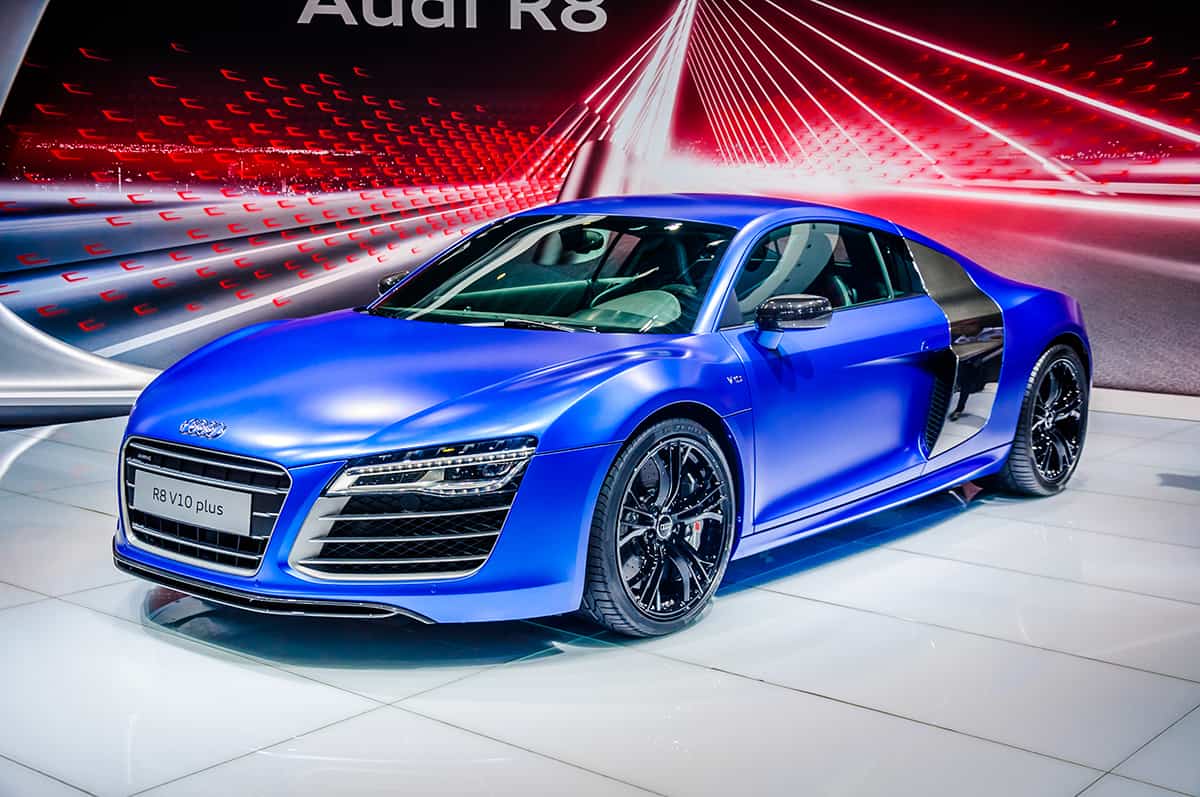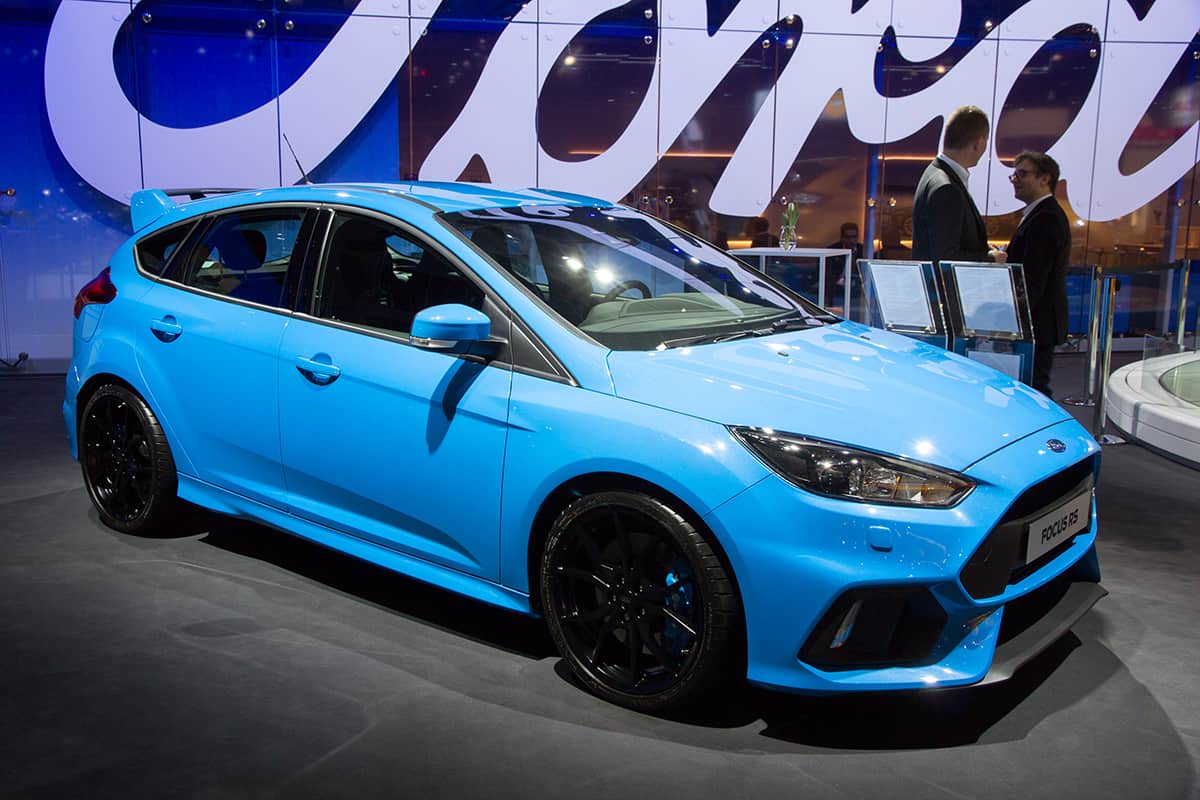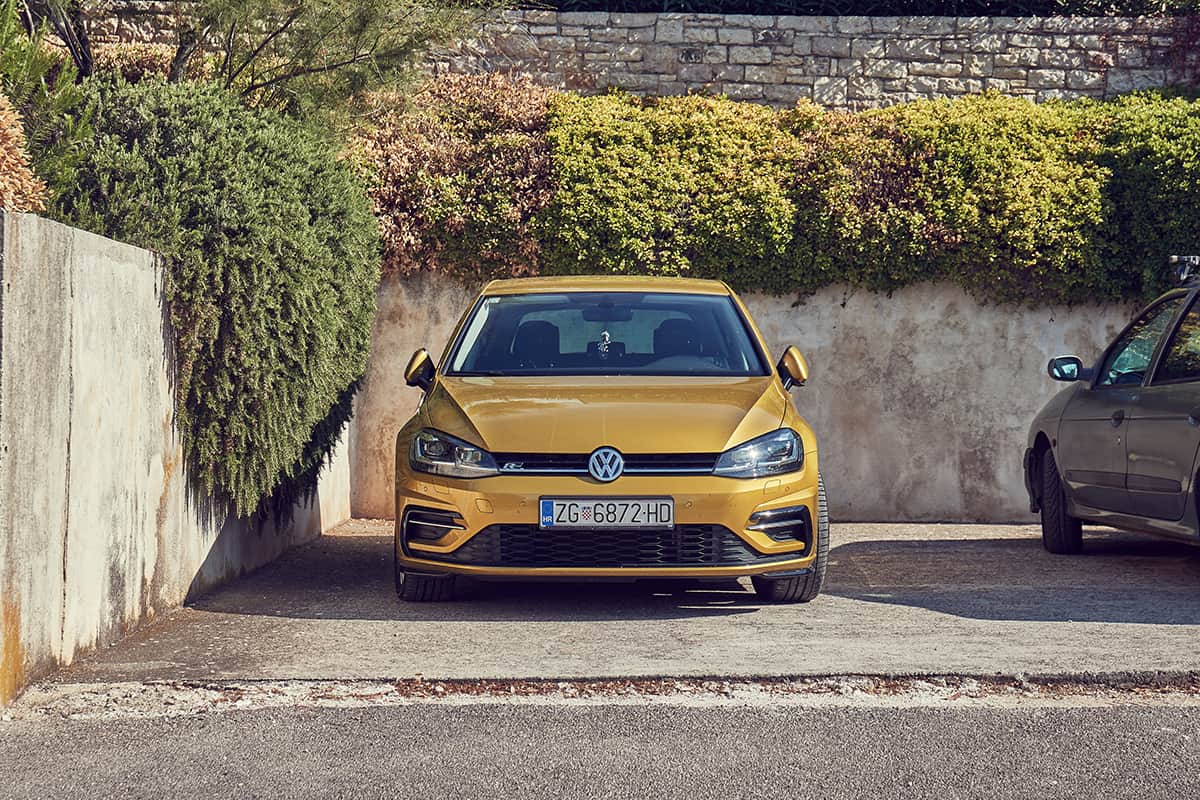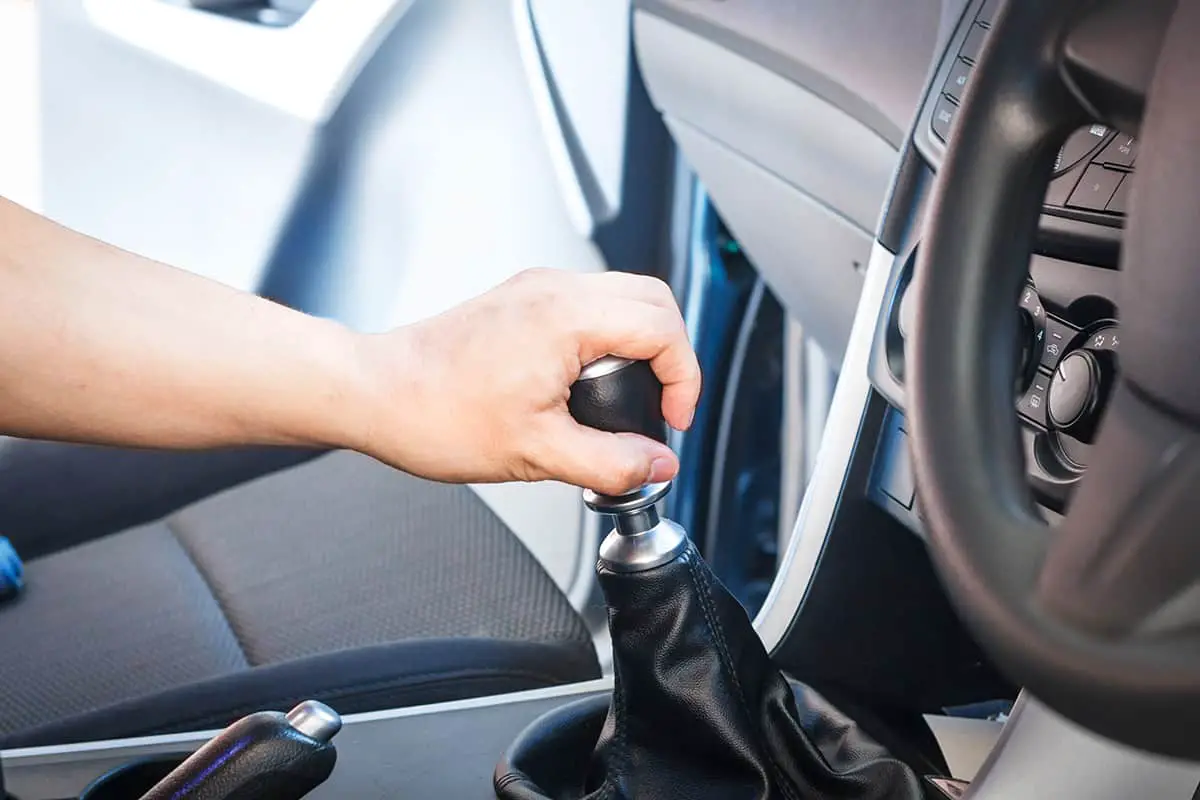In the automotive world, transmissions play a crucial role in controlling the power generated by the engine and transforming it into usable force. Among various types of transmissions, Dual-Clutch Transmission holds a special place for its efficiency and smooth operation. It merges the best of manual and automatic transmissions, offering both performance and convenience.
Dual-Clutch Transmission (DCT) is an advanced type of automotive transmission system that utilizes two separate clutches for odd and even gear sets. This design enables seamless gear shifts and enhanced driving performance. Cars that feature DCT include:
- Audi R8
- Ford Focus RS
- Hyundai Veloster N
- Volkswagen Golf R
This article will delve into the workings of DCT, its advantages, considerations, and popular car models featuring DCT. We will also explore the care and maintenance of these cars, comparisons with other transmission types, and their future in the evolving auto industry.
Understanding DCT Transmission
Dual-Clutch Transmission is an automated version of manual transmission designed to deliver rapid gear shifting. DCT operates with two separate clutches, each responsible for a different set of gears. The first clutch controls the odd-numbered gears, while the second takes charge of the even-numbered gears. This allows one gear to engage while the other is ready to shift, enabling seamless and lightning-fast transitions.
The DCT’s primary component is its pair of clutches. Unlike in a traditional manual transmission, where a single clutch disengages the engine from the transmission to shift gears, a DCT uses two clutches to manage gear shifts.
When you’re driving in a particular gear, the first clutch is engaged, and the second clutch pre-selects the next gear. When the gear shift occurs, the first clutch disengages and the second clutch engages. This process is automated, requiring no clutch pedal or gear shift action from the driver. The result is a virtually seamless shift with no disruption in power delivery.
Advantages of DCT Transmission
While DCT may seem complicated on the surface, it has been widely adopted due to several significant advantages it provides to drivers and automotive enthusiasts.
- Enhanced Fuel Efficiency—By having the next gear preselected while driving, the DCT can switch gears almost instantaneously, minimizing the power loss that typically occurs during gear shifting. This seamless shifting, combined with the fact that DCTs usually offer more gears than traditional automatics, results in better fuel economy.
- Faster Gear Shifting—The transition from one gear to another is nearly instantaneous because while one clutch is engaged with the current gear, the other clutch is already prepared to engage the next gear. This fast shifting also eliminates the shift lag and power interruption often associated with manual and traditional automatic transmissions, making the driving experience smoother and more responsive.
- Superior Driving Performance—DCTs are popular in high-performance cars due to their ability to provide rapid, smooth gear changes with no interruption in power delivery, enhancing both the car’s performance and the driver’s experience. The quicker gear shifts enable the vehicle to maintain momentum, which is particularly beneficial when accelerating or during sporty driving.
- Lower Emission Levels—Since DCTs are more fuel-efficient than traditional automatic transmissions, they also produce lower emission levels. As a result, cars equipped with DCTs are more eco-friendly, making them a popular choice among environmentally conscious drivers and a viable option to comply with increasingly stringent emission regulations.
DCT Transmission Trade-offs
While DCTs offer numerous advantages, they do come with certain trade-offs that are worth considering before purchasing a DCT-equipped vehicle.
- Cost of DCT Transmission—Due to the complex design and manufacturing process, cars equipped with DCTs are often more expensive than their manual or traditional automatic counterparts. The additional cost doesn’t stop at purchase, as maintaining and repairing a DCT can also be more expensive due to the specialized skills required to service them.
- Maintenance and Durability—DCTs, particularly the dry type, can be more prone to wear and tear than traditional transmissions due to their design. They may require more frequent servicing and replacement parts, adding to the long-term ownership costs.
- Not for Everyone—While DCT offers quick gear shifts and smooth driving experience, some drivers prefer the feel and control of manual transmissions. Moreover, in stop-and-go traffic, DCT-equipped cars may exhibit a jerky response, which some drivers might find less comfortable than a traditional automatic transmission.
Popular Car Models with DCT Transmission
As the benefits of dual-clutch transmission continue to be recognized, more and more car manufacturers are incorporating DCT technology into their vehicles. Let’s take a closer look at some popular car models equipped with DCT transmission.
Audi R8

The Audi R8 is a high-performance sports car that blends luxury and power. Its 7-speed S tronic DCT offers rapid gear shifts, contributing to the car’s thrilling performance. The transmission, coupled with the car’s powerful engine, results in a vehicle that delivers an exhilarating drive, whether you’re accelerating down the highway or cruising in the city. The R8 is testament to Audi’s commitment to DCT technology, integrating it even in its most prestigious models.
Ford Focus RS

The Ford Focus RS stands as a performance-oriented variant of the regular Focus, equipped with a 6-speed dual-clutch transmission, known as the PowerShift. The DCT helps the Focus RS deliver impressive driving dynamics, quick responses, and improved fuel economy, making it an attractive option for drivers seeking a balance between performance and practicality. The Focus RS is a perfect example of how DCT technology can enhance the driving experience of a daily commuter car.
Hyundai Veloster N
The Hyundai Veloster N is a performance hatchback that showcases Hyundai’s DCT technology. The 8-speed wet DCT in the Veloster N enhances the car’s sporty character by providing lightning-fast gear shifts, enabling the vehicle to maintain momentum during aggressive driving. The Veloster N is one of Hyundai’s flagships for demonstrating its advancements in DCT technology, blending performance with everyday usability.
Volkswagen Golf R

The Volkswagen Golf R features a 7-speed DSG, Volkswagen’s version of the DCT. This high-performance hot hatch benefits from the DCT’s quick shifting, providing a seamless power delivery that enhances the Golf R’s acceleration and overall performance. The Golf R represents the ideal integration of DCT into a vehicle that’s equally at home on the race track as it is on the city streets.
Comparing DCT Transmission with Other Types
Comparing DCT with other transmission types provides a broader perspective on its characteristics and performance. We will examine how DCT compares to manual transmissions, traditional automatic transmissions, and CVTs,
DCT vs. Manual Transmission
- Gear Shifting: DCT offers the same control as a manual but shifts gears quicker. With a manual transmission, gear shifts depend on the driver’s skill and can cause power delivery interruptions. DCT eliminates this interruption, making for a smoother ride.
- Fuel Efficiency: DCT and manual transmissions are similar in terms of fuel efficiency. Both allow direct engine-to-transmission connections, minimizing power loss. However, DCT’s rapid gear shifts can offer a slight edge.
- Driving Ease: DCT wins here due to its automated nature. Manual transmissions require coordinated clutch and gear shift actions, which can be taxing, especially in heavy traffic.
DCT vs. Traditional Automatic Transmission
- Gear Shifting: DCT outperforms traditional automatic transmissions. The latter use a torque converter, which can result in a slight delay and power loss during gear shifts.
- Fuel Efficiency: DCT generally offers better fuel efficiency due to its rapid, seamless gear shifts and direct engine-to-transmission connection.
- Cost and Maintenance: Traditional automatic transmissions usually cost less to buy and maintain. DCT, with its complex design, tends to be pricier and require more specialized servicing.
DCT vs. Continuously Variable Transmission (CVT)
- Driving Experience: DCT offers a more traditional driving feel with distinct gear shifts, which some drivers prefer. CVTs provide seamless acceleration with no noticeable gear shifts, which can feel strange to some drivers.
- Performance and Efficiency: DCT usually wins in terms of performance due to its rapid gear shifts. However, CVTs can offer better fuel efficiency, especially in city driving, due to their ability to select the optimal gear ratio at any given moment.
- Durability and Maintenance: CVTs tend to be less durable than DCTs and require careful maintenance. DCTs, particularly wet-clutch versions, can better handle high-torque situations.
FAQs
1. What is the difference between a wet DCT and a dry DCT?
A wet DCT uses oil to cool the clutch, which increases durability and allows for higher torque capacity. It is generally smoother and more efficient, but it might require more maintenance. On the other hand, a dry DCT doesn’t use oil, making it lighter and simpler, but it may not handle high torque as effectively and could be less smooth during gear shifts.
2. What is the driving experience like with a DCT transmission?
Driving a car with a DCT transmission provides a unique blend of control and convenience. It offers rapid, smooth gear shifts, improving acceleration and fuel efficiency. It also allows for manual gear shifting without a clutch pedal, delivering a sporty driving experience without the complexity of a manual transmission.
3. Is DCT good for city driving?
Yes, a DCT can be beneficial for city driving. It offers smooth automatic gear shifting, easing the task of stop-and-go traffic. Furthermore, DCT transmissions can offer improved fuel efficiency over traditional automatic transmissions, which is beneficial in slower city traffic conditions.






